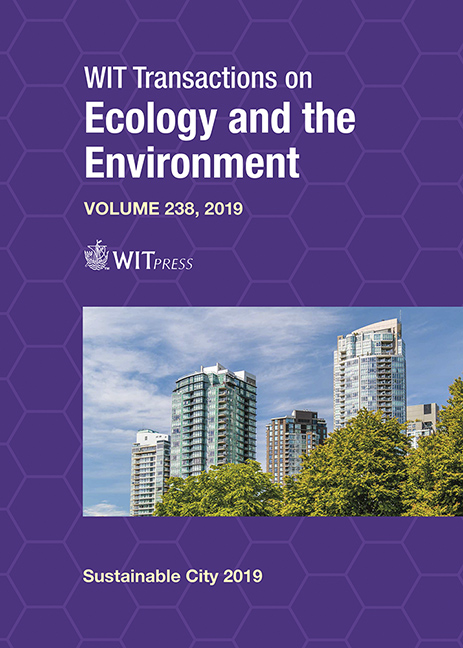ARCHITECTURAL PROGRAMMING FOR BALANCED LOCAL URBAN CENTERS
Price
Free (open access)
Transaction
Volume
238
Pages
13
Page Range
555 - 567
Published
2019
Paper DOI
10.2495/SC190481
Copyright
WIT Press
Author(s)
ROBERT K. BARELKOWSKI
Abstract
Both architectural and urban design are deeply rooted in programming or construing programmatic frameworks which are then transposed into physical structures. This programmatic aspect contributes to the nature of the city, but quite often is either masked under multiple layers of architectural or urban design related manifestations or is blurred due to extensively complicated structure. In the latter example, urban structure appears to be too developed to grasp the sophisticated role programming plays in building the balanced, sustainable city. There are, however, rare cases in which the program appears to determine the validity of the entire project because the structure is to become a local urban center. Its scale is sufficiently comprehensible, certainly not too big, and at the same time autonomous enough that it is possible to expose the significance of urban program and its compilation as a separate, important step within the process of urban design. The paper focuses on case studies – two autonomous estates, one of which is central for the community, the other one is peripheral. Both cases display the approach to programming using similar methods in order to distinguish similarities and differences affecting the strategy, the approach to a particular task, and the tailoring of the design process in this early stage. This work will present selected sustainability attributes, namely availability, accessibility, and connectivity, as drivers for programming balanced functions and balanced areas.
Keywords
sustainable development, spatial planning, urban programming





